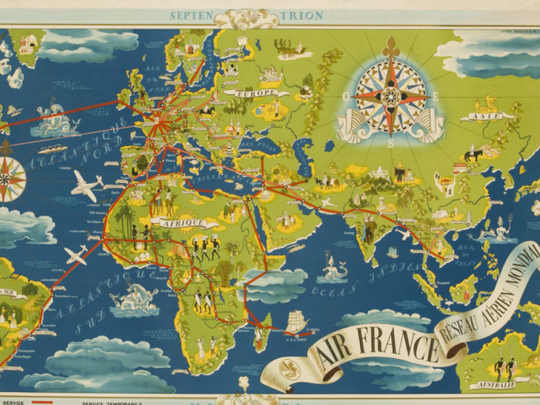
Multi-brand cards
For one, customers want unrestricted travel rewards. For banks who are keen to have a travel product in the market, multi-brand cards are an option, where the bank works with a travel major to provide multiple airlines.
In the case of co-branded cards, whether or not the customer ends up using the miles, the cost to the bank remains. The winner is the airline, which benefits from the breakage as it is called. The customer has two choices — be restricted to one airline in a co-branded card, where perhaps less number of miles are needed for the same ticket, or opt for a multi-brand card, where you may need more miles to purchase the same ticket but have the freedom.
In case of multi-brand cards, larger financial institutions negotiate advance purchase to buy bulk tickets. They can use data on customer behaviour to anticipate and predict and lower the cost of rewards.
Win-win
Travel remains the most preferred reward for many consumers. For airlines and banks the value proposition has existed in co-branded cards where the frequent flyer programme’s (FFPs) cost of delivering the seat to the customer is relatively low, but the perceived value remains high. It also allows airlines to bring in non-frequent flyers into their fold. Banks are creating multiple travel-related benefits. MasterCard, for instance, has introduced Priceless Cities with content on experiences, promotional offers and card benefits in 19 cities.
Dollar value for miles
When airlines launched FFPs 30 years ago, being able to understand the dollar value of the mile was not simple. IATA’s tables calculating distance between destinations became the benchmark with FFPs designed to take miles as a proxy of value.
However, miles are not always an accurate indicator of value, a ticket to destinations covering the same distance is not necessarily the same amount since many factors come into play. Innovators such as Air New Zealand have taken their FFP currency totally dollar transparent. This currency has a dollar value and is as good as cash.
Airline strategy
The customer is the focus. While earlier the airline decided what a frequent flyer earned as benefits, today the consumer can choose. Air Canada, for instance allows consumers to decide whether they prefer to redeem points with lounge access or excess baggage allowance. On the other hand, with FFP programmes coming into their own, expect to see more tie-ups. Qantas’ FFP has consistently delivered more profits than the airline, even during the downturn. So FFP may be tying with supermarkets and mobile companies to sell more miles.
Bank strategy
Banks today are working towards getting a unified view of the customer. Traditionally, even if a customer had a mortgage, a car loan or a savings account, in most cases the loyalty currency only came from the credit card.
In the post-downturn world the bottom line is more important. ADCB Bank, for instance allows the customer to earn reward points for not just credit cards but also across loans, mortgages and savings. Rather than operate as separate divisions with little communication, banks are working closely with their strategy divisions to consolidate and recognise what each customer is worth across business units.








